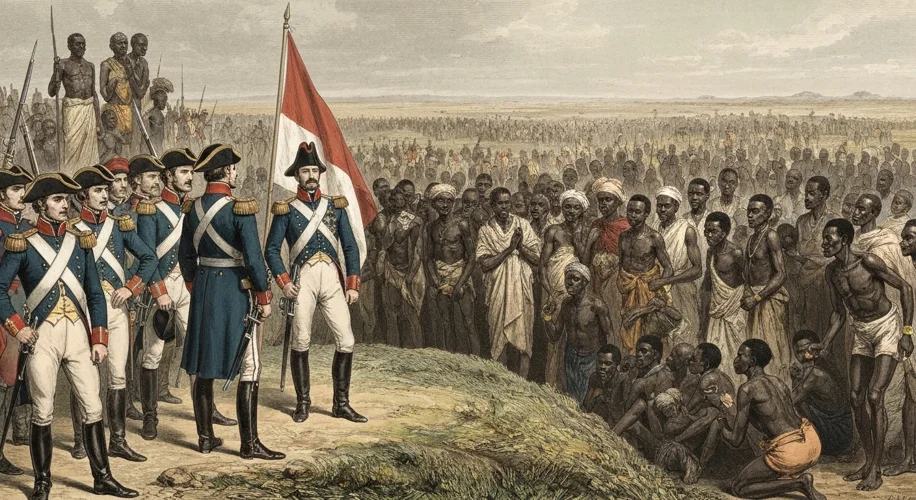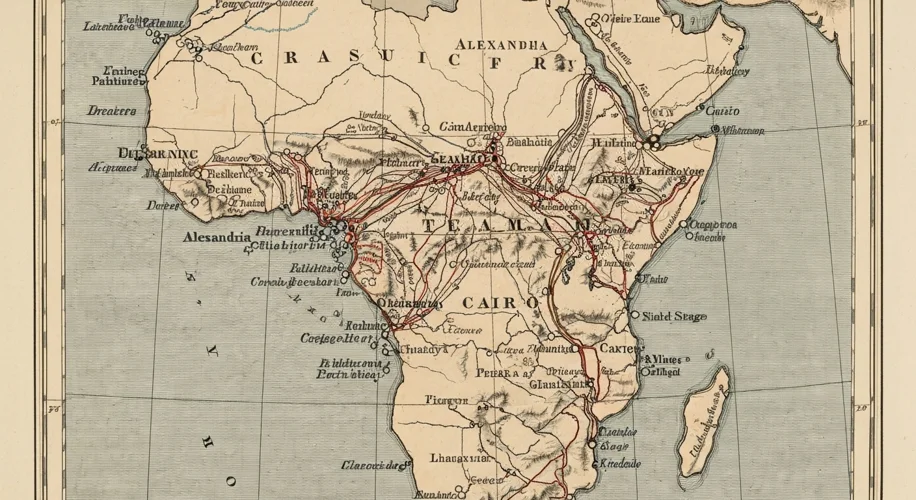The late 19th century. The air in Europe, thick with the scent of industrial progress and burgeoning nationalism, also carried a different, more predatory aroma: the tantalizing prospect of Africa. Not as a land of ancient cultures and diverse peoples, but as a vast, untapped resource ripe for the taking. This was the era of the Scramble for Africa, a frenzied, often brutal, period between roughly 1881 and 1914 when a handful of European powers, driven by a potent cocktail of economic greed, political rivalry, and a misguided sense of racial superiority, carved up the African continent with alarming speed and disregard.
Imagine the scene: glistening steamships navigating previously impassable rivers, their decks crowded with surveyors, soldiers, and eager administrators. These were the vanguards of an unstoppable force, armed with superior weaponry and an unshakeable belief in their own destiny. Back in Europe, the news from Africa was eagerly consumed, painting a picture of exotic lands and the “civilizing mission” these nations claimed to be undertaking. But beneath the veneer of progress and paternalism lay a stark reality of conquest and exploitation.

The stage for this grand partition was set by a confluence of factors. The Industrial Revolution had created an insatiable demand for raw materials – rubber, diamonds, gold, ivory, palm oil – all abundant in Africa. Simultaneously, burgeoning populations and economic anxieties in Europe fueled a desire for new markets and outlets for investment. The political climate was equally charged. Nations like Britain, France, Germany, Belgium, Portugal, Italy, and Spain were locked in a fierce competition to assert their global dominance. Owning colonies in Africa became a potent symbol of national prestige and power, a direct measure of one’s standing on the world stage.
Key actors emerged, each with their own motivations and methods. King Leopold II of Belgium, for instance, personally claimed the vast Congo Free State, not for his nation, but for himself. His rule was characterized by unimaginable brutality, driven by the insatiable demand for rubber, leading to widespread atrocities and the deaths of millions of Congolese. In West Africa, British figures like Cecil Rhodes envisioned a Cape-to-Cairo railway, a symbol of British imperial reach stretching across the continent. French ambitions focused on establishing a vast West African empire, while Germany, a latecomer to the colonial game, aggressively sought to establish its own territories, often leading to direct confrontations with other European powers.
The pivotal moment, often cited as the catalyst for the most intense phase of the Scramble, was the Berlin Conference of 1884-1885, convened by Otto von Bismarck of Germany. This was not an assembly of African leaders; indeed, not a single African representative was invited. Instead, European powers gathered to lay down the “rules” for claiming African territory, establishing principles like “effective occupation” and the need to notify other powers of territorial claims. In essence, they were drawing lines on a map of a continent they had barely explored, arbitrarily dividing ethnic groups, linguistic communities, and existing political structures.
The consequences of this rapid, imposed division were profound and continue to resonate today. African societies were fundamentally altered. Traditional political systems were dismantled or co-opted. Economies were reoriented to serve European needs, often through forced labor and the suppression of local industries. The imposition of artificial borders, drawn without regard for existing ethnic or cultural boundaries, sowed the seeds for future conflicts and instability. Resistance, though often met with overwhelming force, was widespread. From the Zulu in Southern Africa to the Maji Maji Rebellion in German East Africa, African peoples fought fiercely to protect their lands and autonomy, but the technological disparity in weaponry often proved insurmountable.
The Scramble for Africa was more than just a territorial land grab; it was a profound act of cultural imposition and political engineering. It fundamentally reshaped the African continent, leaving a legacy of complex political systems, economic dependencies, and social divisions that continue to be navigated. Understanding this period is crucial to comprehending the Africa of today, a continent still grappling with the long shadow of European colonial ambition.

